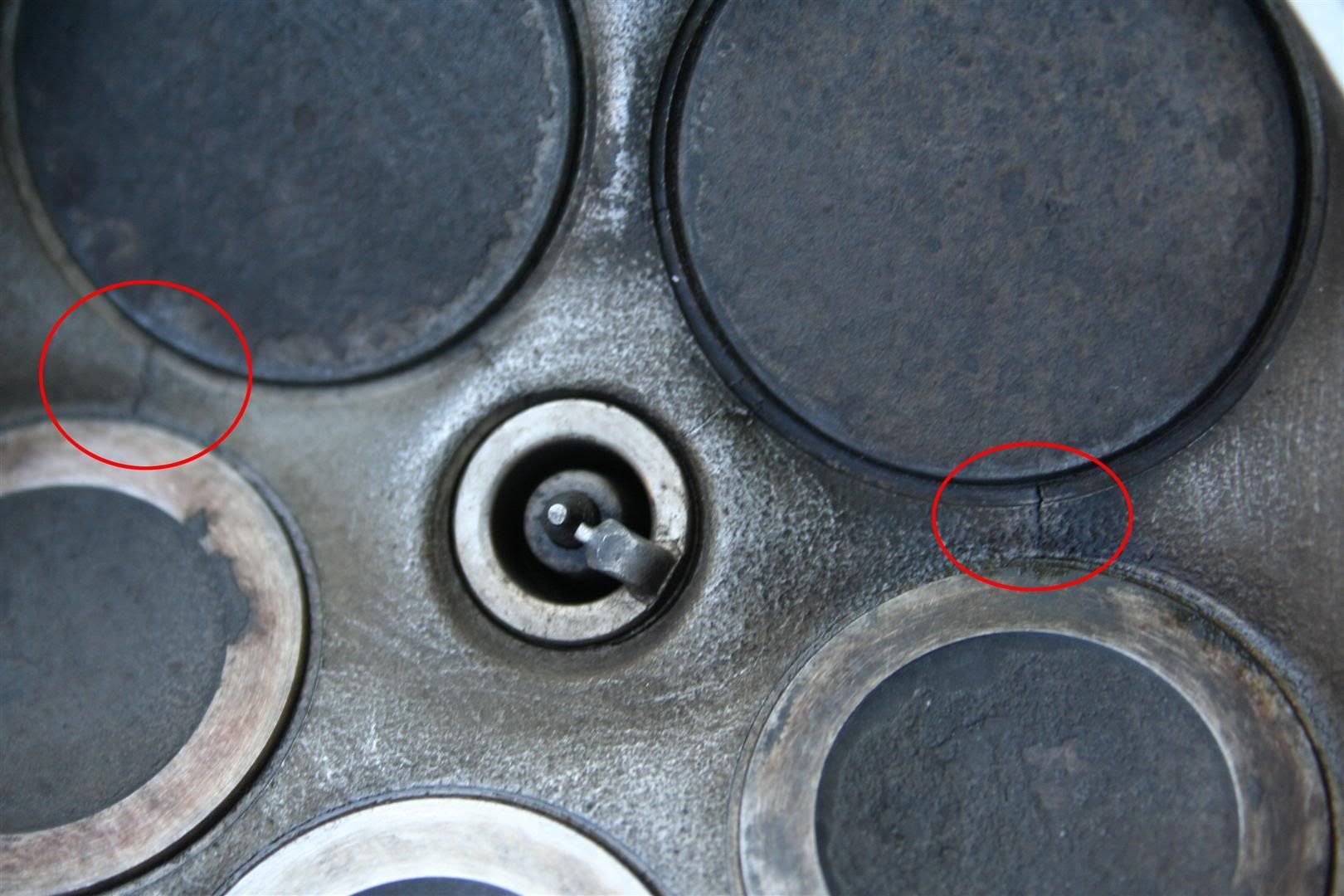Can someone tell me the tell tale signs of a cracked block?
2001.5 S4 Sedan
2002 A4 Avant 1.8t - Traded in
2001.5 A4 1.8t - Sold for $5
2013 Q7 TDI Premium Plus (RIP, rear ended and totaled, assholes)
2013 Q7 TDI Prestige S-Line
2018 Q5 2.0t
2022 e-Tron Chronos Edition
sic semper tyrannnis, canis
2004 A4, K04, APR TUNED, APR TIP, APR R1 DV, JHM SS....
2001.5 S4 Sedan
2002 A4 Avant 1.8t - Traded in
2001.5 A4 1.8t - Sold for $5
2013 Q7 TDI Premium Plus (RIP, rear ended and totaled, assholes)
2013 Q7 TDI Prestige S-Line
2018 Q5 2.0t
2022 e-Tron Chronos Edition

Last edited by diagnosticator; 07-19-2013 at 01:49 PM.
Vorsprung durch Technik
2001.5 S4 Sedan
2002 A4 Avant 1.8t - Traded in
2001.5 A4 1.8t - Sold for $5
2013 Q7 TDI Premium Plus (RIP, rear ended and totaled, assholes)
2013 Q7 TDI Prestige S-Line
2018 Q5 2.0t
2022 e-Tron Chronos Edition
2004 A4, K04, APR TUNED, APR TIP, APR R1 DV, JHM SS....
2001.5 S4 Sedan
2002 A4 Avant 1.8t - Traded in
2001.5 A4 1.8t - Sold for $5
2013 Q7 TDI Premium Plus (RIP, rear ended and totaled, assholes)
2013 Q7 TDI Prestige S-Line
2018 Q5 2.0t
2022 e-Tron Chronos Edition
2004 A4, K04, APR TUNED, APR TIP, APR R1 DV, JHM SS....
Vorsprung durch Technik
-CP
2008 2.0t S-Line Ti 6MT Avant
2017 Q7 3.0t
SOLD -- 2012 Q5 2.0t - Stock Mommy Missile with new timing chains
Former USP CLUB MEMBER #136
2004 A4 1.8TQ 6MT USP - APR Stage 1+ - FSI Coils - BKR7EIX-11 - B6S4 Front + B7A4 Rear Brakes - 034 Street Trans Mount
SOLD -- 2006 A4 2.0TQ Avant Tiptronic
Vorsprung durch Technik


-CP
2008 2.0t S-Line Ti 6MT Avant
2017 Q7 3.0t
SOLD -- 2012 Q5 2.0t - Stock Mommy Missile with new timing chains
Former USP CLUB MEMBER #136
2004 A4 1.8TQ 6MT USP - APR Stage 1+ - FSI Coils - BKR7EIX-11 - B6S4 Front + B7A4 Rear Brakes - 034 Street Trans Mount
SOLD -- 2006 A4 2.0TQ Avant Tiptronic
Last edited by diagnosticator; 07-19-2013 at 03:03 PM.
Vorsprung durch Technik
Vorsprung durch Technik
|
© 2001-2025 Audizine, Audizine.com, and Driverzines.com
Audizine is an independently owned and operated automotive enthusiast community and news website. Audi and the Audi logo(s) are copyright/trademark Audi AG. Audizine is not endorsed by or affiliated with Audi AG. |

|
Bookmarks